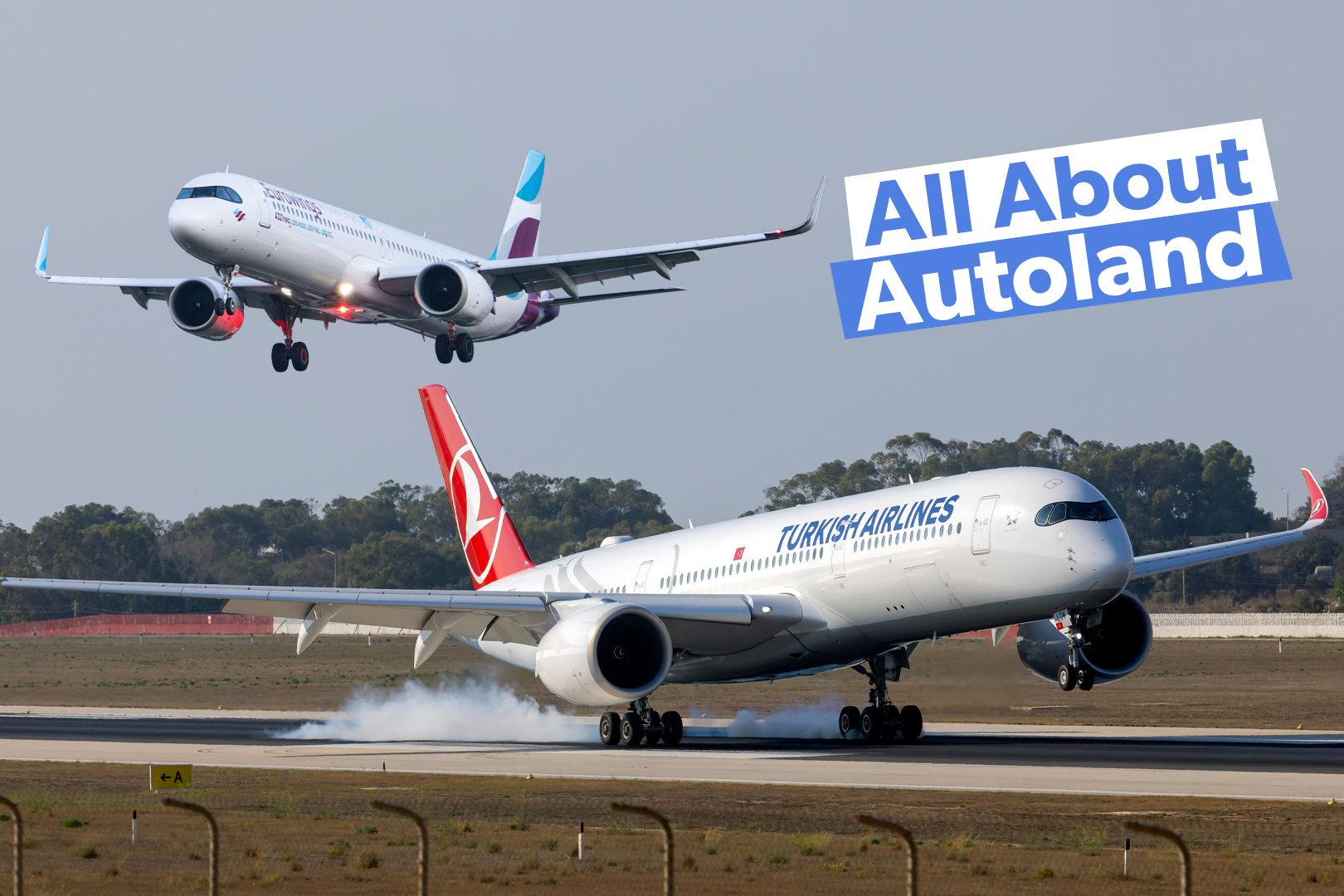The landing phase of a flight is usually an entirely visual maneuver. The pilot uses outside references and his or her peripheral vision to safely put the aircraft down. So, from about 100ft above the aerodrome until the touchdown, the pilot needs a proper visual of the runway surface to make an acceptable landing.
Due to this reason, large transport category aircraft are capable of making automatic landings in marginal weather. Contrary to popular belief, automatic landing technology is a very old one. History of automatic landings The idea of guiding a pilot to a runway in low light and in extreme weather conditions was something that started early on.
Research and even flight tests on it were done in as early as the 1916s. A paper written by Sir John Charnley, who was one of the pioneers of modern automatic landing systems, described a very early system used to help the pilot land in obscuring conditions. All large commercial jets can land automatically, but still with plenty of pilot involvement.
It was called a ground proximeter - while the name is quite fancy, the system was itself as basic as a system gets. The ground proximeter was simply a cable with a weight attached to it. The cable was lowered from the aircraft so that the weight hangs 15ft below the aircraft.
As the aircraft comes down for landing, at some point the weight contacts the surface. This triggers a red bulb inside the cockpit to light up, prompting the pilot to flare the aircraft for landing. RAE deve.


















